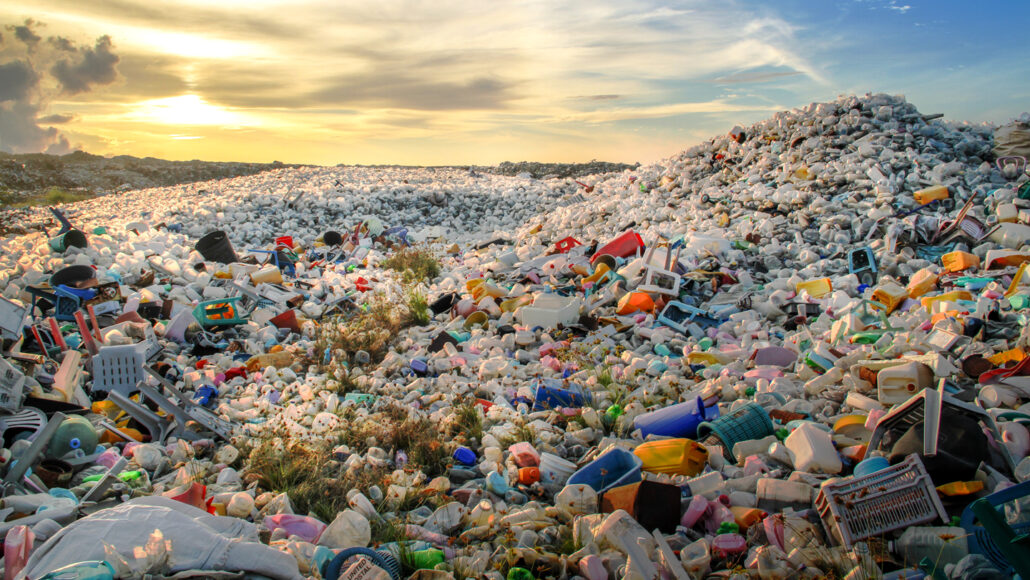Questions for ‘New recycling technologies could keep more plastic out of landfills’

Much of the plastic we use goes into landfills because the material is too difficult to recycle into useful new products.
Abdul Raheem Mohamed/EyeEm/Getty Images

Much of the plastic we use goes into landfills because the material is too difficult to recycle into useful new products.
Abdul Raheem Mohamed/EyeEm/Getty Images